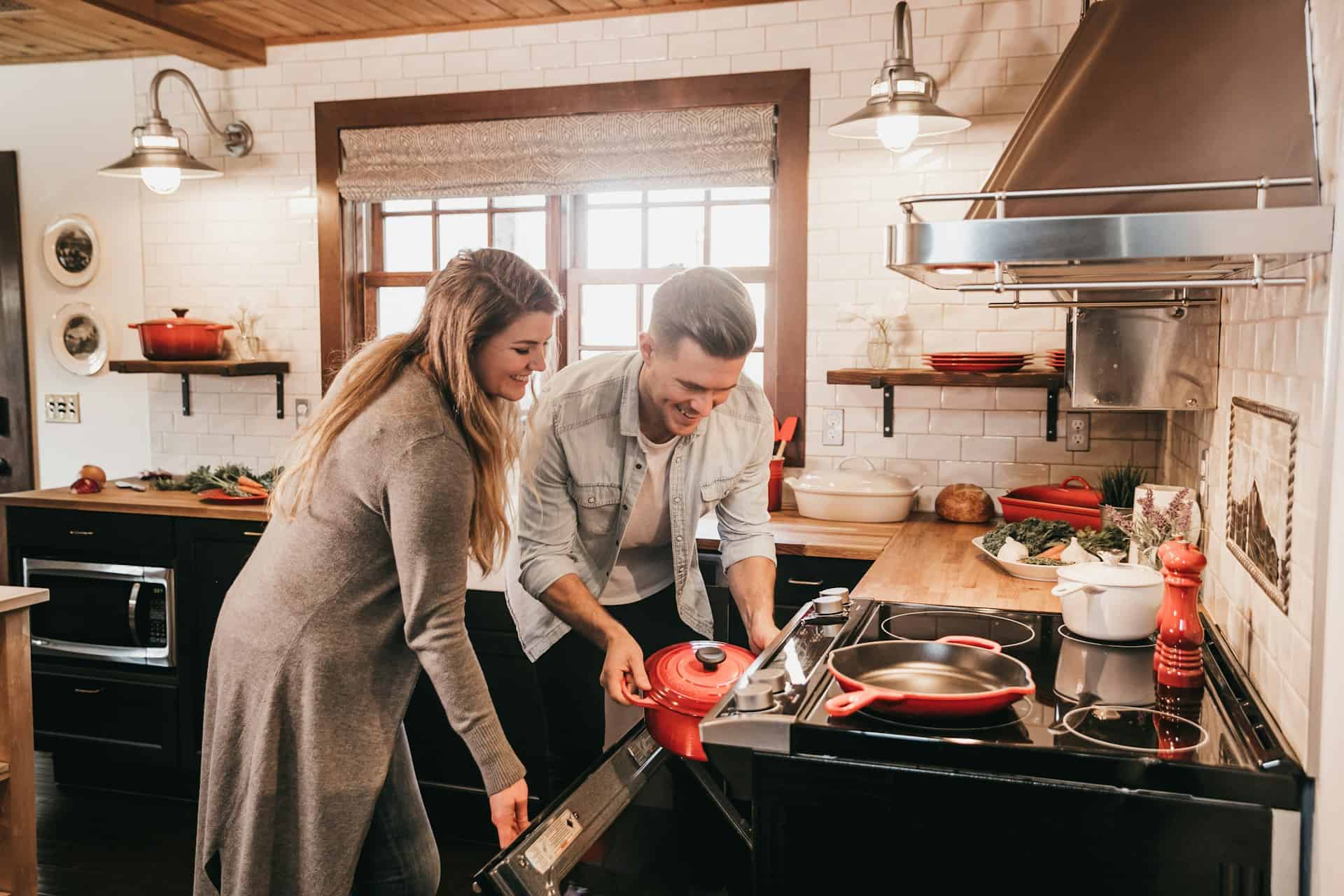
Question: Why Isn’t Induction Cooking More Popular?
Answer: Why induction cooking isn’t more popular due to several factors. Induction cooking requires compatible cookware, which can be expensive. The perceived higher upfront cost and unfamiliarity with the technology are key barriers to wider adoption.
Induction Cooking: Understanding Its Slower Adoption
Induction cooking offers speed, precision, and energy efficiency. It represents a significant advancement over traditional gas and electric cooktops. Yet, despite these advantages, induction cooking hasn’t achieved mainstream popularity. This article explores the reasons behind this slower adoption, examining the factors that contribute to consumer hesitation. We will look into these perceived barriers, including higher upfront costs, compatibility issues with existing cookware, and the learning curve associated with a new cooking technology. By understanding these challenges, we can better appreciate the current landscape of induction cooking and anticipate its future trajectory. We will also discuss the benefits that might eventually propel induction cooking into greater acceptance. This balanced perspective helps to understand the complex interplay of factors influencing this innovative cooking technology’s path to broader adoption.
While some view induction cooking as the future of cooking, others remain hesitant to embrace this new technology. This reluctance stems from a combination of practical considerations and ingrained cooking habits. Examining these concerns helps us understand the challenges induction cooking faces in gaining widespread acceptance. By exploring the reasons behind this hesitancy, we aim to provide a clear picture of induction cooking’s current status and potential future.
The Price of Progress: Initial Investment Costs
One primary obstacle to widespread induction cooking adoption is the higher initial cost. Induction cooktops often command a premium price compared to conventional gas or electric stoves. This price difference can deter budget-conscious consumers, particularly when their existing appliances function adequately. While long-term energy savings can offset the initial investment, this future benefit may not be immediately apparent or persuasive to some buyers.
The higher price tag can create a perception of luxury or exclusivity, making induction cooking seem less accessible to the average consumer. This perception can further hinder adoption, especially in price-sensitive markets. Consumers might perceive conventional options as more practical, especially when they offer familiar functionality at a lower price point.
Click the link to read more about Blue Kitchen Refacing
Related Article: Are Induction Ovens Worth It?
Related Article: How Does an Induction Oven Work?
The Learning Curve: Adapting to New Technology
Induction cooking requires a slight adjustment in cooking habits. The precise temperature control and rapid heating require a learning curve. Some users may initially find this adjustment challenging. While experienced cooks can quickly master the nuances of induction cooking, others might find the transition daunting, particularly those accustomed to the familiar feel of gas or electric stoves.
Misconceptions about induction cooking, like the belief that it requires specialized cooking techniques, can further complicate the transition. These misconceptions can create unnecessary apprehension and discourage potential users from embracing the technology.
Safety Concerns: Addressing Misinformation
Some consumers harbour unfounded safety concerns about induction cooking, often stemming from the perceived novelty of the technology. These concerns might relate to electromagnetic fields or the potential for burns. Addressing these misconceptions with clear, factual information is important to promoting wider acceptance. Educational resources and user testimonials can play a significant role in dispelling these myths and highlighting the inherent safety features of induction cooking.
Highlighting the safety features of induction cooktops, such as automatic shut-off and cool-touch surfaces, can alleviate these concerns. Emphasizing these features helps to build consumer confidence and present induction cooking as a safe and reliable alternative to traditional cooking methods.
The Perceived Benefits: A Catalyst for Change
Despite these challenges, induction cooking boasts compelling advantages that can drive future growth. Its superior energy efficiency, precise temperature control, and faster heating times offer significant benefits over conventional methods. As energy costs rise and environmental awareness increases, these advantages may sway consumers towards induction cooking. The enhanced cooking experience, with its responsiveness and control, can also become a key selling point.
The sleek and modern design of induction cooktops can appeal to those seeking a contemporary aesthetic in their kitchens. This visual appeal, combined with the practical benefits, can make induction cooking more attractive to style-conscious consumers.
The Future of Induction Cooking: A Gradual Shift
While not yet mainstream, induction cooking is steadily gaining traction. As technology advances and prices decrease, the barriers to adoption will likely diminish. Increased consumer awareness of the benefits and the availability of more induction-compatible cookware will further contribute to its growth. The shift may be gradual, but the potential for induction cooking to become a dominant force in the kitchen remains strong.
Continued innovation in induction cooking technology will likely lead to even more appealing features and functionalities. These advancements can further differentiate induction cooking from traditional methods and drive broader adoption in the future.
Conclusion – Why Isn’t Induction Cooking More Popular?
Induction cooking offers a compelling blend of efficiency, precision, and modern design. While challenges remain, addressing consumer concerns about cost, cookware compatibility, and perceived learning curve is crucial for wider adoption. By focusing on the long-term benefits and dispelling misconceptions, the industry can pave the way for a future where induction cooking becomes the norm rather than the exception. This transition requires a concerted effort from manufacturers, retailers, and educators to highlight the advantages and address the perceived drawbacks of this innovative cooking technology.
As consumers become more informed about the benefits and as the initial investment costs decrease, induction cooking is poised for significant growth. Its superior performance and environmental friendliness position it as a strong contender in the evolving landscape of kitchen appliances. Continued innovation and targeted consumer education will likely play a key role in accelerating its adoption and realizing its full potential.

Blue Malue Get in touch with Blue here.
